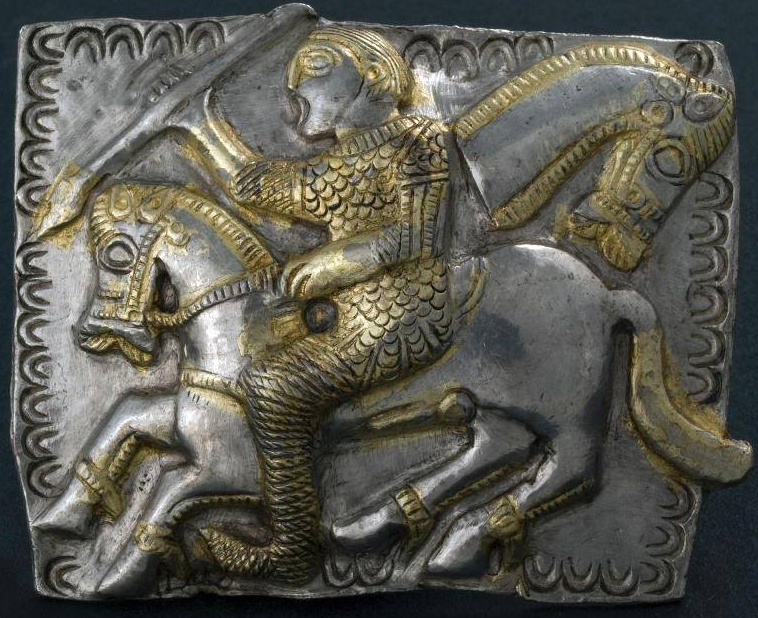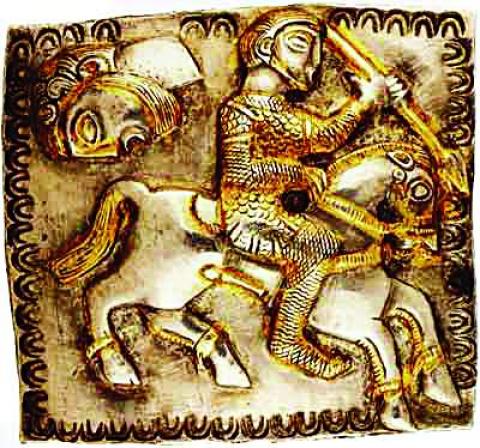
Thread: This is a wall painting from the 3rd century BC tomb of Si-Amun at Gebel al-Mawta in the Siwa Oasis in Egypt...It depicts seated Si-Amun, and his son, standing before him and touching his father's knee... touregypt.net/featurestories… 

Now have a look at this: "Seal depicting...Queen Uqnitum & King Tupkish of the Hurrian kingdom of Urkesh (late 3rd millennium BC) with...the young prince touching his father's knee" oldeuropeanculture.blogspot.com/2020/09/queen-… 

What's with touching the knee? Remember the article about the Serbian expression "From knee to knee" meaning "From generation to generation", "From father to son" oldeuropeanculture.blogspot.com/2015/11/from-k… 

In it I talked about the fact that the word for generation and the word for knee have the same root in many languages. Why?
Because of this: The English etymological dictionary says something interesting about the etymology of the word genus: "...could come from Latin genu (knee) from a supposed ancient custom of a father acknowledging paternity of a newborn by placing it on his knee..."
How ancient and widespread was this ancient custom?
• • •
Missing some Tweet in this thread? You can try to
force a refresh




















